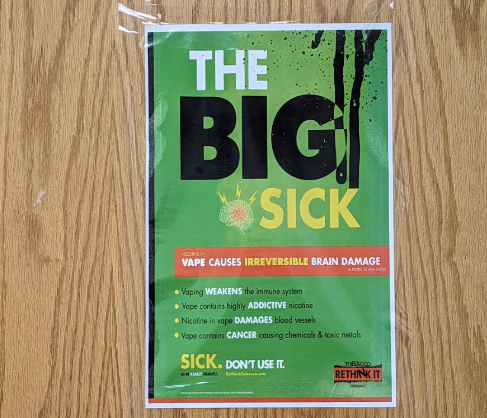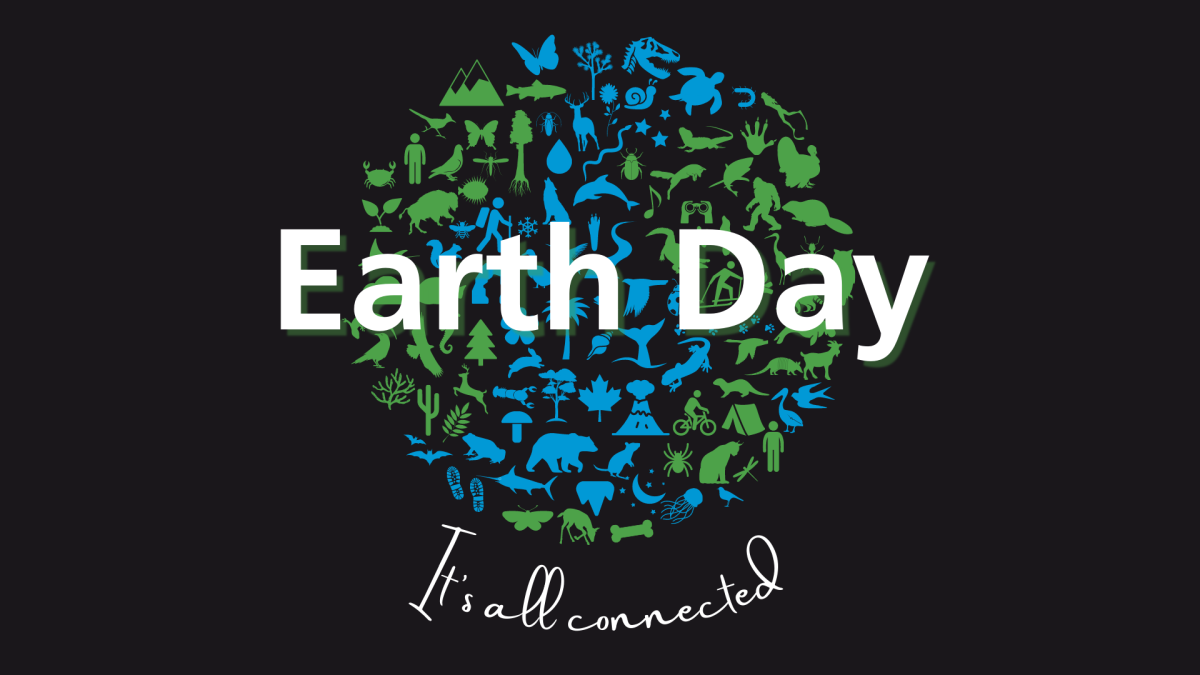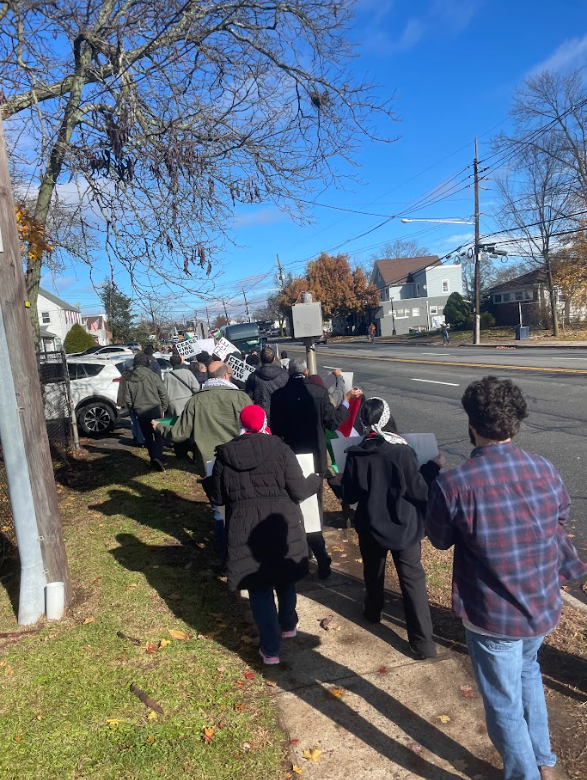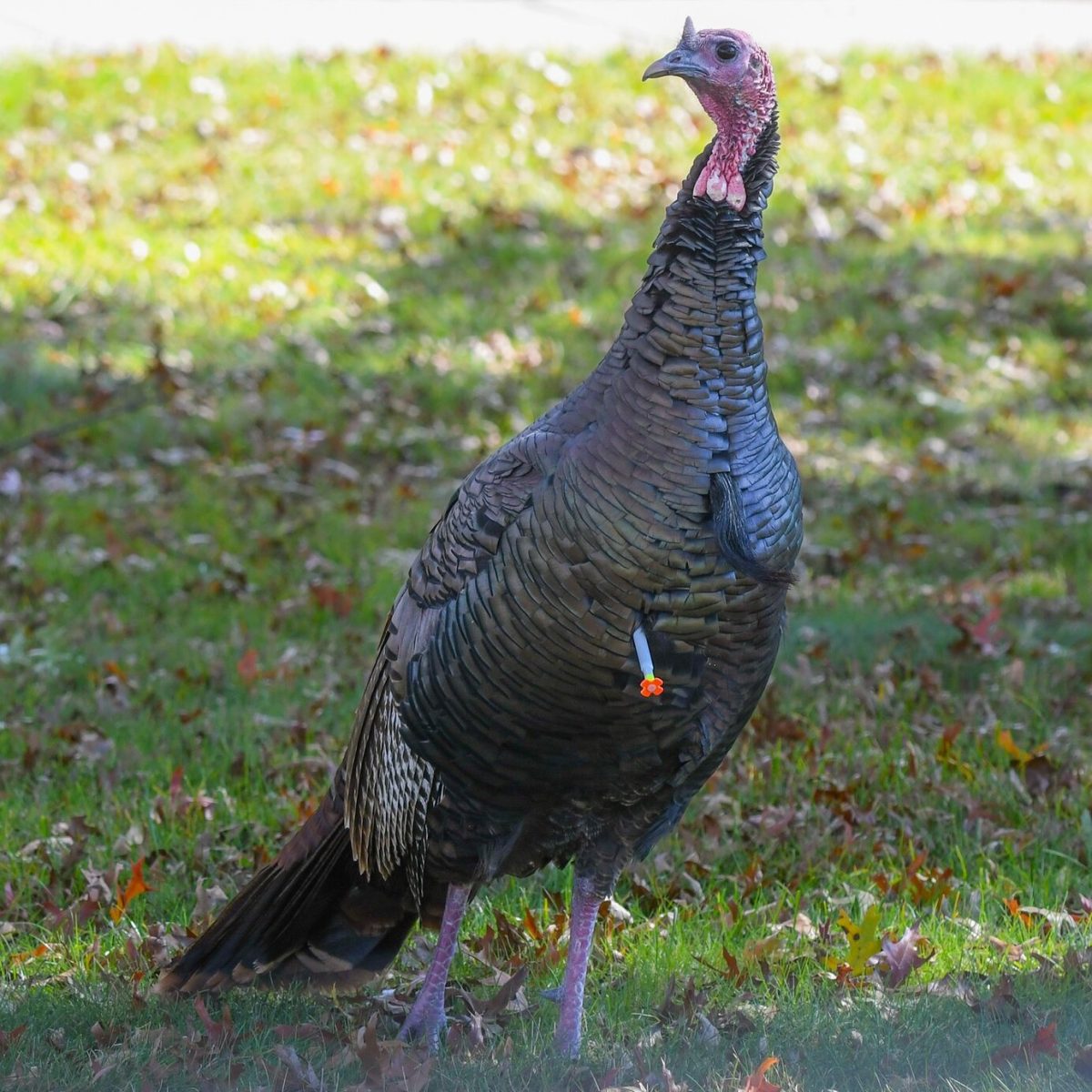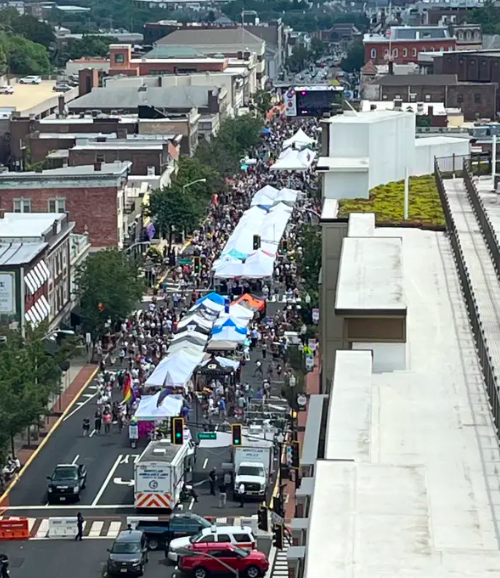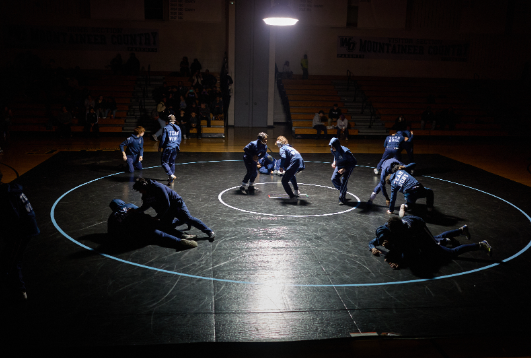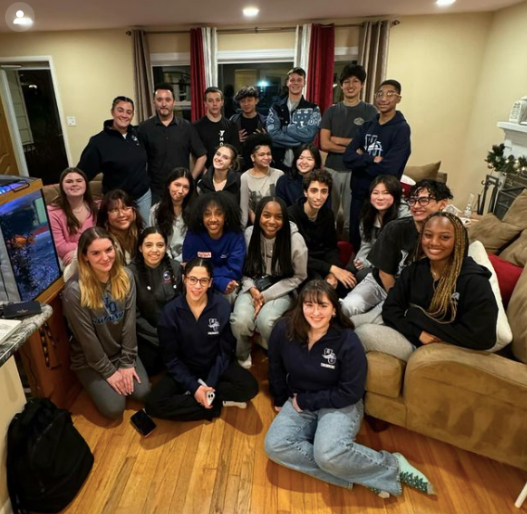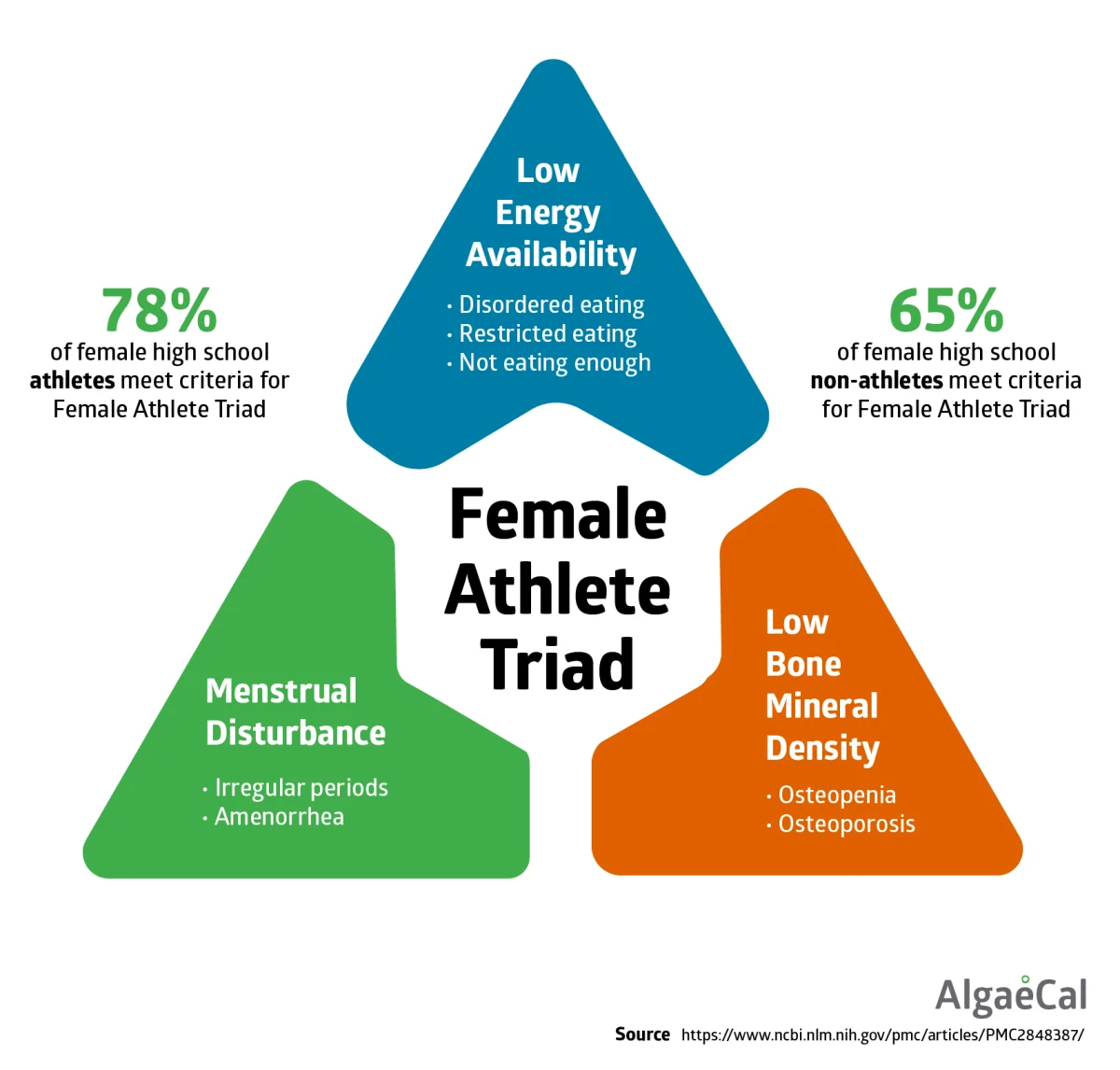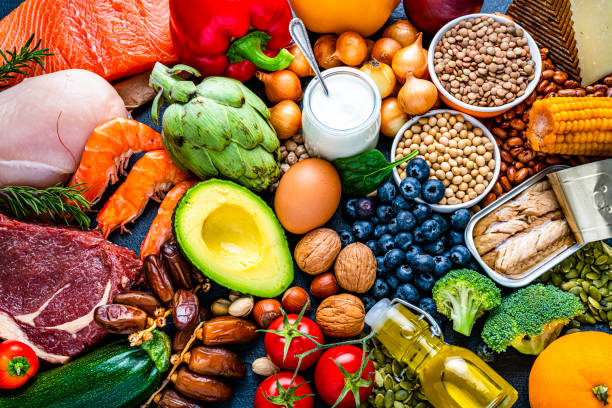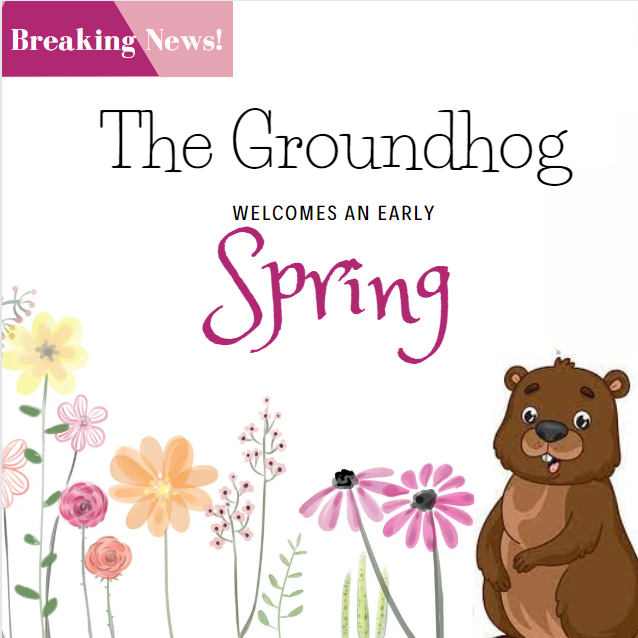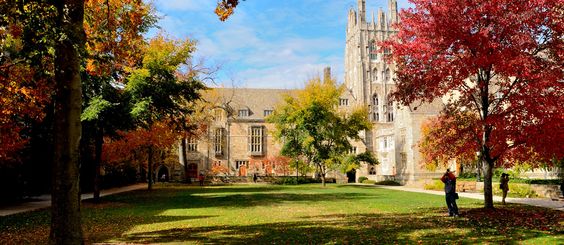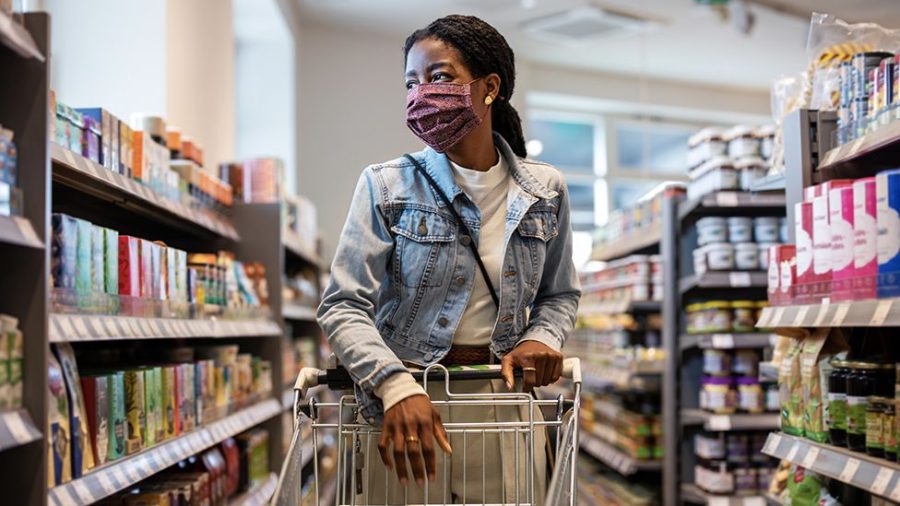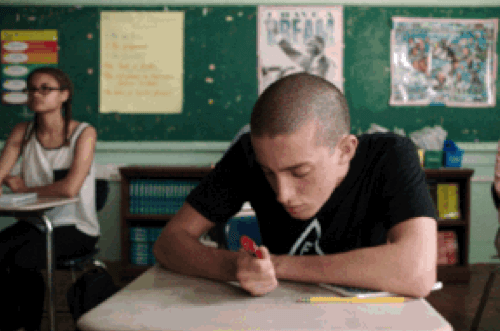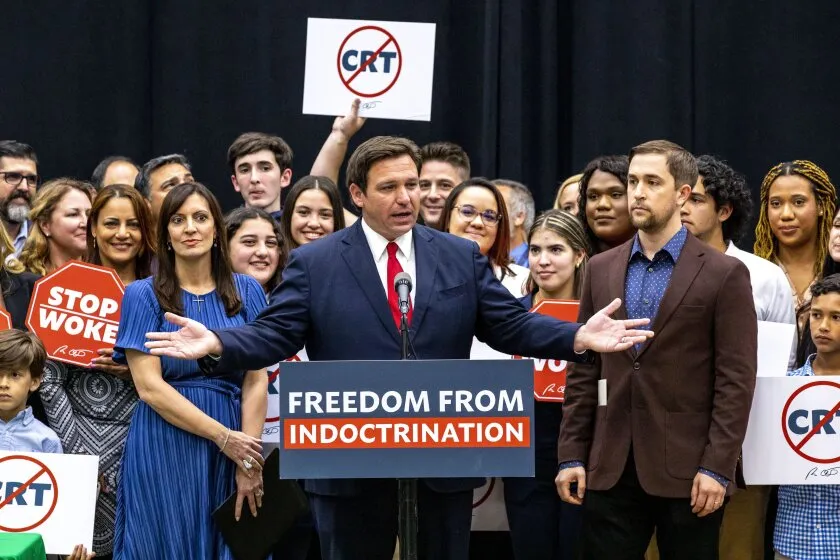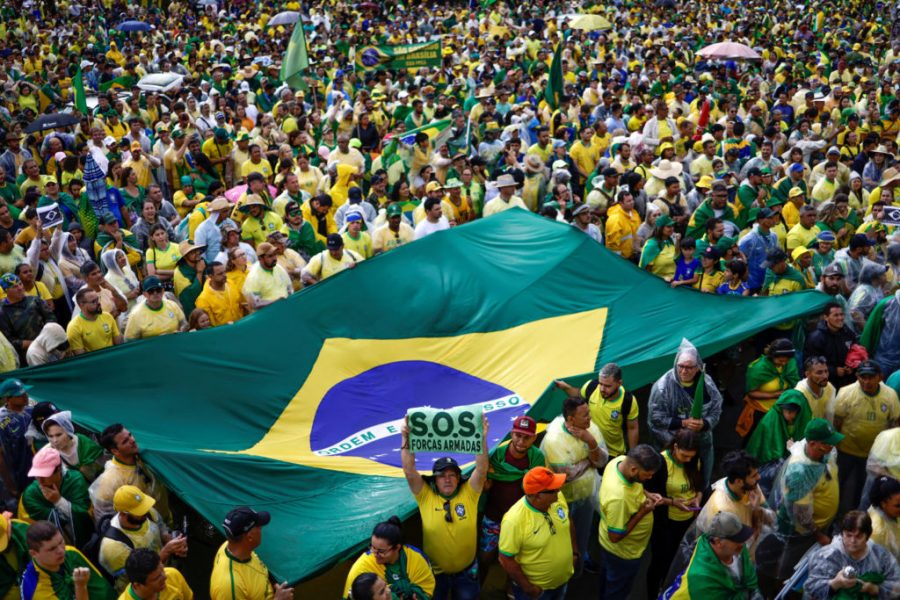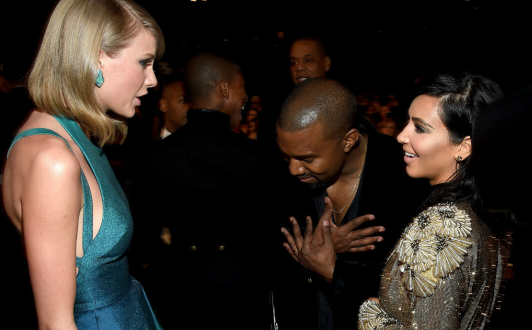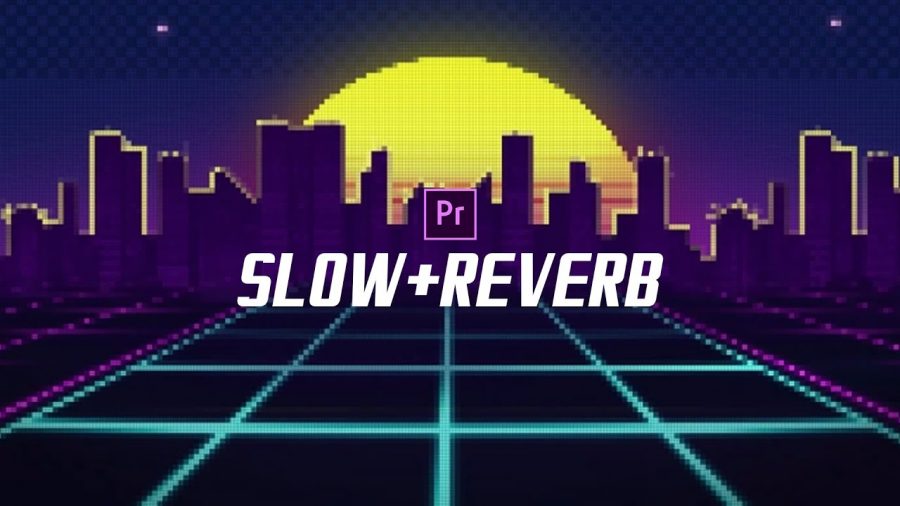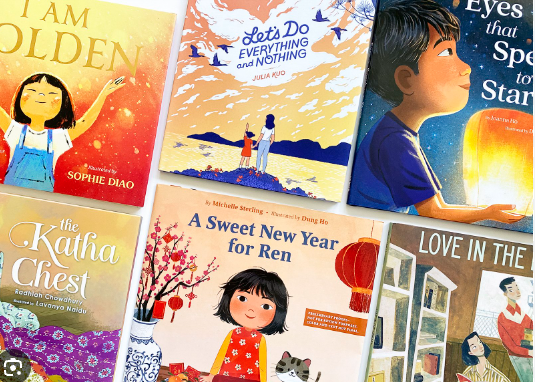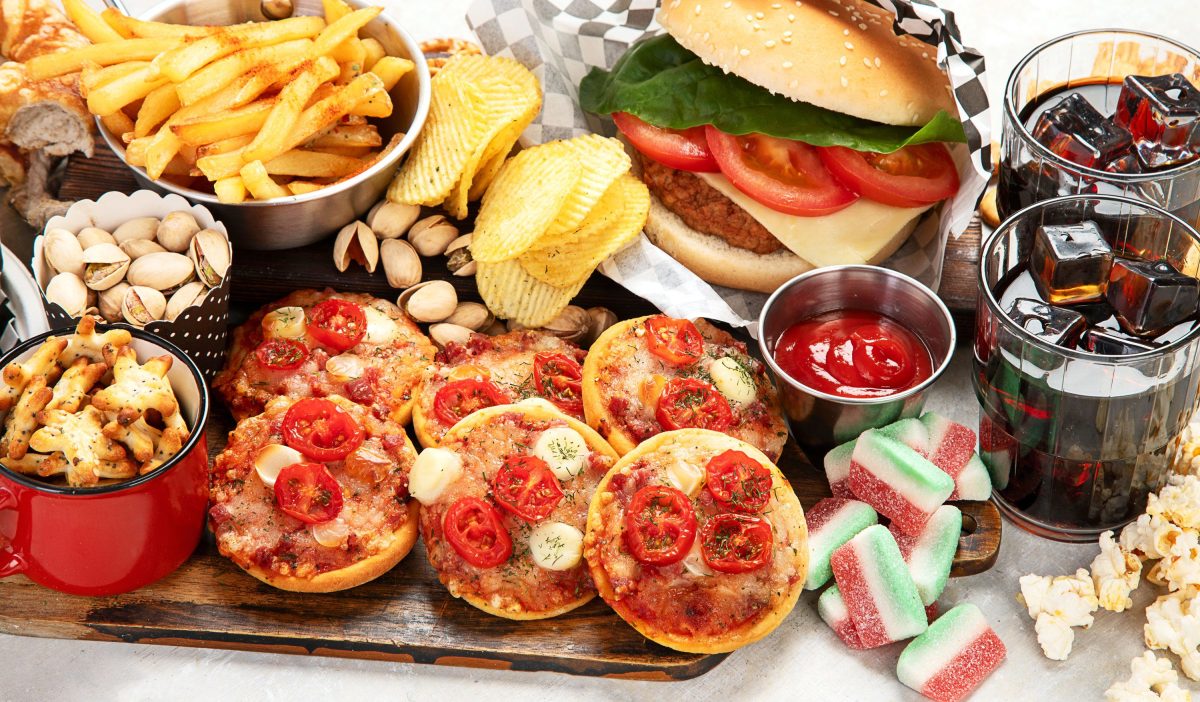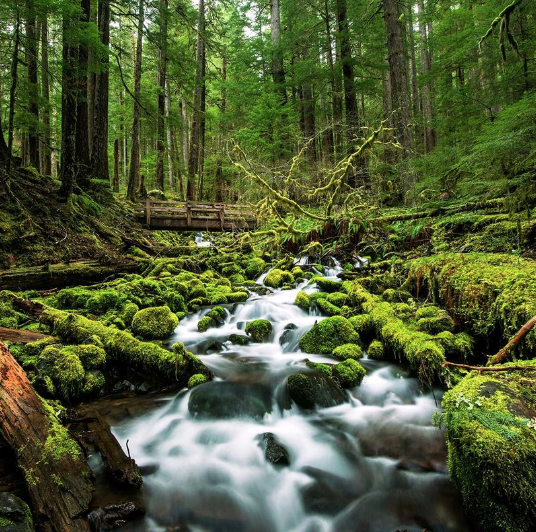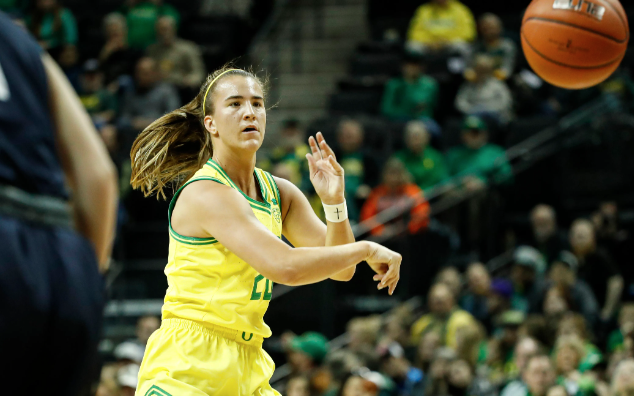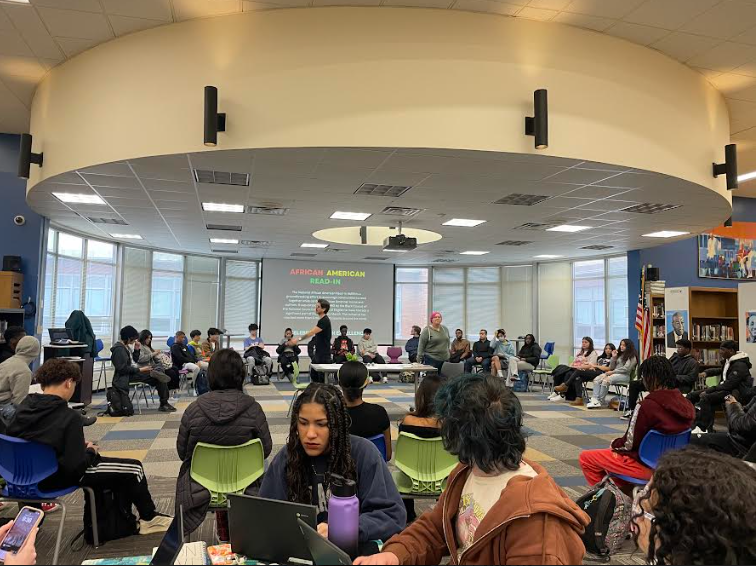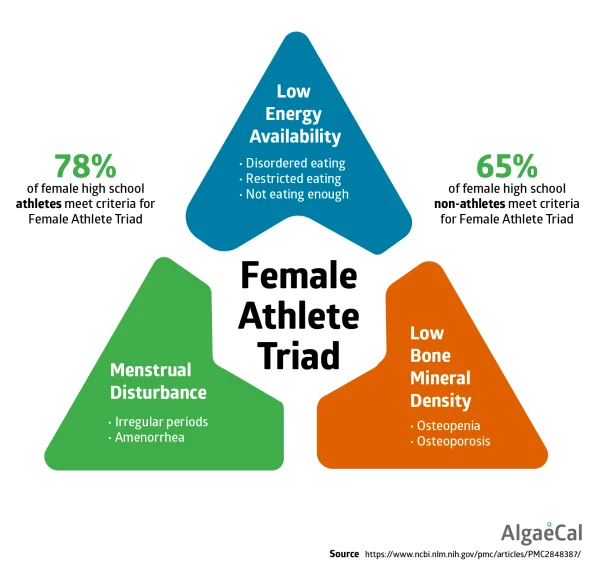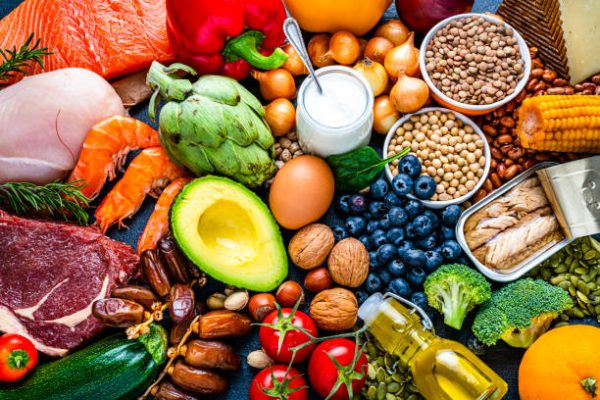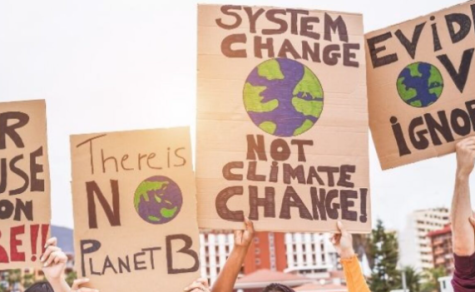Trick or Trash? The real impact Halloween has on the planet
Halloween, the season of ghosts, goblins, ghouls and… garbage. Halloween has become the center of the fall season for a vast majority of businesses and venues. Every corner of every store is drenched in plastic wrappers, polyester costumes, and cheap goodies. In a year alone, the equivalent of 83 million plastic bottles was wasted on Halloween costumes. Where exactly is all this waste coming from?
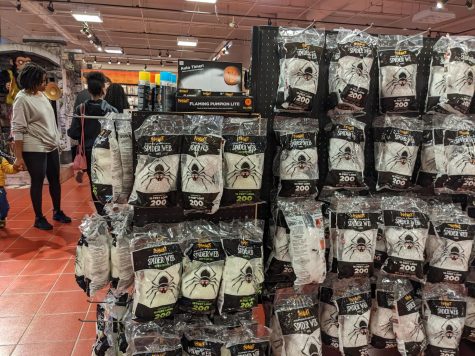
Costumes
Most Halloween costumes available for purchase are made from cheap, synthetic materials such as polyester, PVC, and vinyl. These plastic-based costumes are often combined with other materials making them not only incapable of biodegradation but often non-recyclable. The New York Times notes that 60% of all fabrics are synthetic, meaning that they come from fossil fuels and cannot biodegrade. Of course when they do begin to break down, microplastics will be excreted, leading to polluted waterways.
Fairyland Trust, a UK charity center, reports that in the UK 7 million Halloween costumes are thrown away each year (30 million people celebrate the holiday in the UK.) The US’s population is around five times bigger than that of the UK. So with 65% of the US population (around 140 million people) celebrating Halloween, an estimated 35 million Halloween costumes are thrown out each year, for a few hours of use.
Sustainable Swaps:
Purchase a costume from your local thrift store. Thrift stores can be a great place to look for costumes as they are an affordable and sustainable option when looking for a costume. Thrift stores offer large varieties of clothing, accessories and materials like fabric (don’t see fabric try an old curtain or table cloth) for lower prices that makes buying a costume friendly to the planet and your wallet.
DIY costumes are creative and fun. By making your costume yourself you can be sure to avoid any unwanted materials that may be concealed when buying a costume from a large company. Some companies may not disclose all information about what a garment is made of, and many of them contain high amounts of polyester material. When you DIY a costume you have the ability to make conscious decisions about what goes into your outfit.
Reuse old costumes. Fast fashion is no fun. Halloween costumes don’t have to be a “one and done” kind of thing. Try to use different pieces from previous costumes to create something new. Before scouring the internet and next day shipping that perfect shirt, look through your closet first. If you can’t find anything, try borrowing from a friend!
Candy
The popularity of non-food Halloween treats is rising. From allergies, to diet restrictions, non-edible goodies are becoming an easier alternative to candy. But what is less discussed is the detrimental effects Halloween candy is having on the planet. The National Retail Federation (NRF) estimated that around $2.6 billion was spent on Halloween candy in 2019. This correlates to around 600 million pounds of candy purchased every year in America, just for Halloween! Most of this candy gets eaten, but the wrappers remain.
Typically candy is packaged with plastic and aluminum foil together. When used separately, both of these materials are usually recyclable, however, they can be tricky to recycle using traditional methods. This being the case, billions of dollars worth of candy wrappers end up in landfills, or worse yet, habitats and oceans. Some companies like Mars Wriggly, the manufacturer of fan favorites like skittles, snickers, twix, and M&Ms, along with Ferrara the producer of treats including FunDip, Nerds, and Laffy Taffy have launched sustainability goals. Ferrara is set to make 100% of their packaging completely sustainable in less than two years. Hershey also has high hopes for sustainable wrappers with a goal set for 2030. These actions may be steps in the right direction, but what swaps can you make this Halloween to be more environmentally conscious?
Sustainable Swaps:
Try non-food treats. There are so many options for trick-or-treaters that don’t involve candy and have limited plastic. Crayons, stamps, erasers, pencils, and mini notebooks/coloring books, are good options.
Want to stick to candy? Try more sustainable packaging options. Lots of candy already comes packaged a bit more sustainably than others, including Milk Duds, Nerds, and Junior Mints. Candy that is wrapped in only aluminum foil is also a good option (Hershey kisses, Hershey bars, Rolos, etc.).
Go the healthy route. Fruit. Nature’s candy. Apples and clementines are great swap-outs for candy. You could even draw jack-o-lantern faces on clementines for a spooky touch!
TerraCycle. TerraCycle is a company that creates recycling solutions for everything! You can purchase “zero-waste boxes” that allow you to recycle virtually anything, from your home. The boxes are shipped to your home where you can then fill with waste and send them back to TerraCycle which then recycles the material. There are specific boxes for specific materials, including one designed specifically for “Candy and Snack Wrappers.”One 11″ x 11″ x 40″ box costs $141.
Pumpkins
Creepy faces aren’t the only thing pumpkins are good for, in fact, the entire gourd is edible! Even so, every year more than 18,000 tons of edible pumpkins end up in landfills. Jack-O-Lanterns are mostly to blame for the vast majority of this number. While being one of the most sustainable Halloween activities, there is so much more to the pumpkin that isn’t appreciated. Instead of tossing your pumpkin in the garbage on November 1st, learn how to make the most out of your Jack-O-Lanterns and pumpkins this year.
Sustainable Swaps:
Eat it! There are many edible pumpkin varieties Including:
-Sugar Pie
-New England Cheddar
-Long Island Cheese
-Hybrid Pam
-Blue Doll
-Porcelain Doll
-Lumina White
-Flat White Boer Ford
Further reading: 22 Types Of Pumpkin
Typically, the pumpkins used for carving, or “Carving Pumpkins” have been grown to perfectly fit this purpose. Pumpkins like Champion, Tom Fox, Rockstar, and Dill’s Atlantic Giant are grown to become Jack-O-Lanterns. This means that they have less meat inside and a more watery, stringy texture which makes them less suitable for cooking than some of their relatives. However, they are still completely edible and with a bit of seasoning carving pumpkins can taste wonderful. Sugar pie pumpkins are the smaller, orange pumpkins that may be sold at the grocery store, these have more flesh, and are sweeter. Connecticut Field Pumpkins are usually used to make pumpkin pie, and contain lots of nutrients. Before you eat your pumpkin you might want to think about what flavors you are going for in your dish.
Remember: If you decide to eat your pumpkin try to salvage the parts you’re going to cook as you carve since it is not as safe to eat pumpkins that have been carved and exposed to possible bacteria.
Recipes:
Toasted Pumpkin Seeds: Pumpkin seeds are high in protein, magnesium, omegas, potassium, calcium, copper, zinc, and fiber. You can eat the seeds of any pumpkin. Separate the guts from your pumpkin seeds. (Save the guts for later) Toss the seeds in olive oil, maple syrup, and some cinnamon to give them a sweet flavor. You can also add salt or other seasonings to your taste! Plantyou has a great recipe for roasting your seeds. Bake at 375 F for around 12 minutes.
Pumpkin Puree: Blend up the guts (the stringy part inside of your pumpkin) with a food processor, you can add warm water if needed. If you are carving your Jack-O-Lantern you might not get a lot of “meat” (the thicker, fleshy part of the pumpkin) But if you do chop it into chunks, bake for 45 to 60 minutes at 350 degrees (pumpkin should be soft), separate from skin and puree along with the guts. The Spruce Eats has a great recipe for pumpkin puree as well!
Blend until you have a puree that can be stored in the freezer and used for a variety of recipes. Try “Pumpkin Gut Muffins” by Plantyou
Don’t want to eat your pumpkin? Feed the squirrels! Don’t just kick your pumpkin to the curb once November rolls around, toss it in the compost instead, or leave it in your yard- a feast for the animals.
While it may seem impossible to avoid the consumer mindset Halloween may bring, there are so many easy swaps that you can make to be a bit more sustainable this holiday.
Sources and further reading:
Zero waste tips for a greener halloween
Halloween Is An Environmental Horror Story

